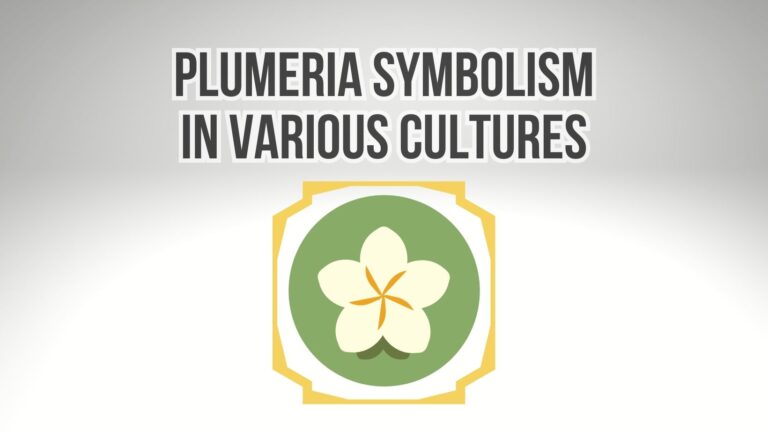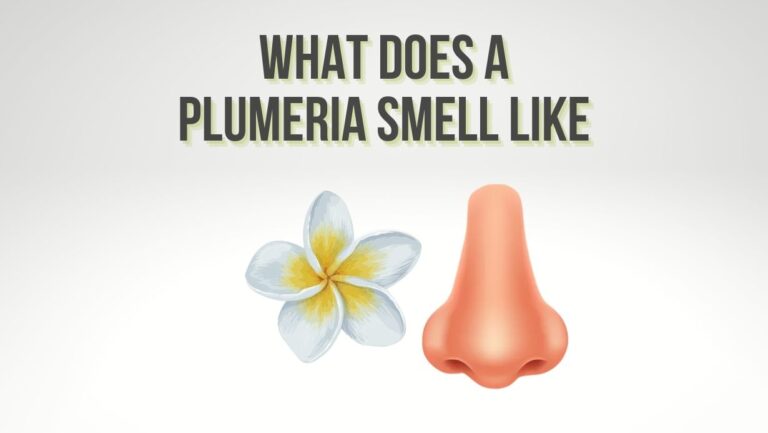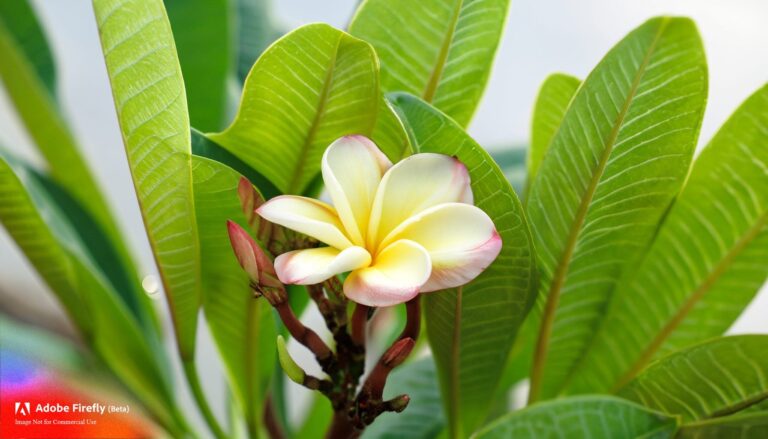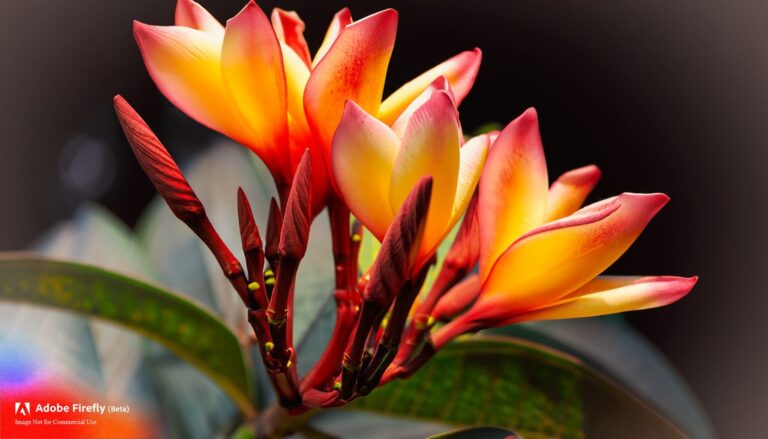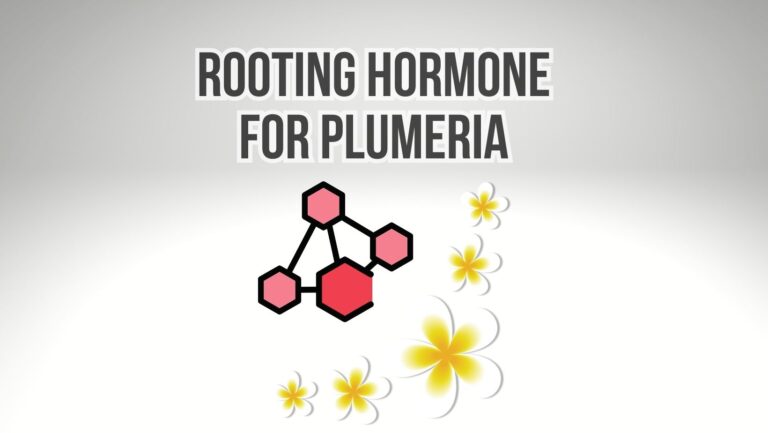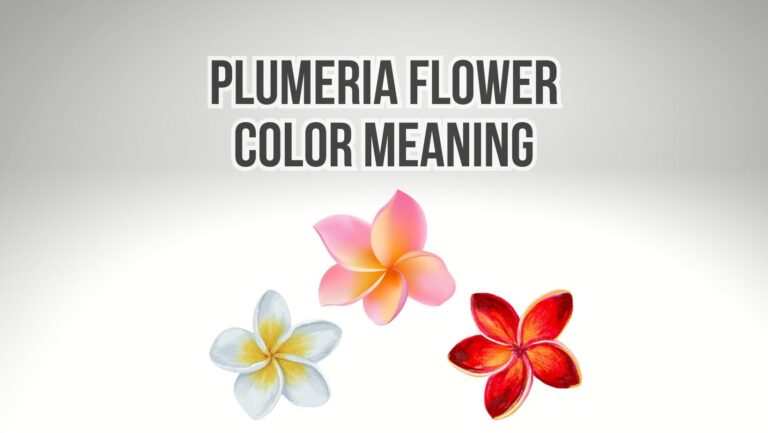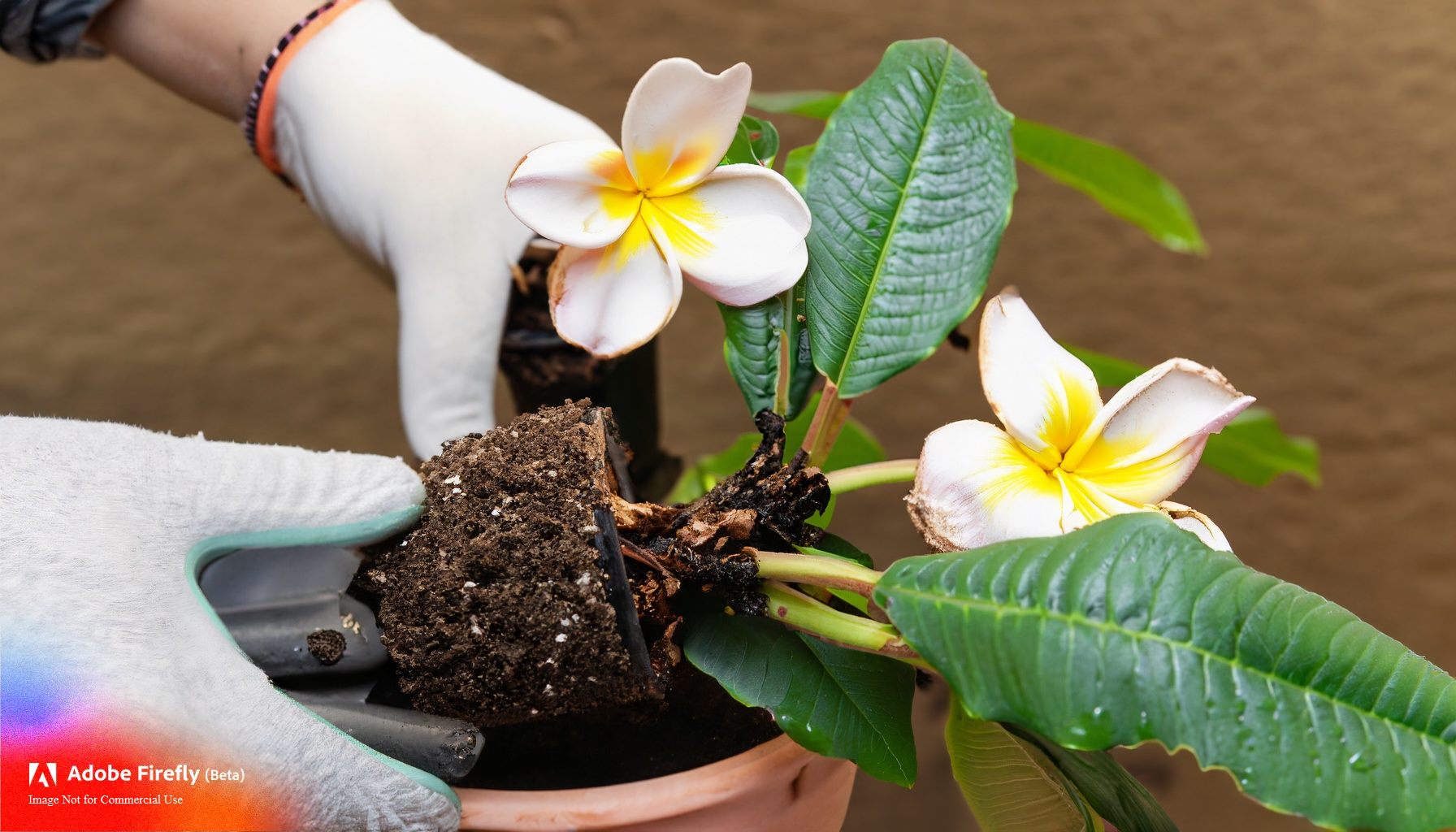
Repotting is an essential part of plumeria care, but sometimes, plumerias may experience a delay in blooming after being repotted. There are several factors that could contribute to this issue. In this article, we’ll explore the possible reasons why your plumeria isn’t blooming after repotting and provide solutions to help you encourage flowering.
1. Transplant Shock:
- Cause: Repotting can cause transplant shock, where the plant focuses its energy on establishing new roots rather than flowering.
- Solution: Give the plumeria time to recover from transplant shock. Continue to provide proper care, including adequate sunlight, water, and nutrients. Once the plant has acclimated to its new pot, it should resume blooming.
2. Root Disturbance:
- Cause: During repotting, plumeria roots can be disturbed, affecting the plant’s ability to take up nutrients and water.
- Solution: Water the plumeria carefully, ensuring the soil is well-draining. You can also apply a balanced fertilizer to support root recovery and overall plant health.
3. Nutrient Imbalance:
- Cause: Repotted plumerias might experience a shift in nutrient availability, which can affect flowering.
- Solution: Apply a balanced fertilizer with a higher phosphorus content to promote flower bud formation. Avoid excessive nitrogen, which can encourage vegetative growth at the expense of blooms.
4. Environmental Change:
- Cause: Repotting may lead to changes in the plant’s environment, such as light exposure or temperature fluctuations.
- Solution: Place the plumeria in a location that receives the appropriate amount of direct sunlight. Avoid sudden temperature changes that could stress the plant.
5. Pot Size and Root Development:
- Cause: Plumerias may not bloom if they are placed in pots that are too large, as they focus on root development instead of flowering.
- Solution: Choose a pot that provides enough room for root growth but isn’t excessively large. Plumerias tend to bloom better when slightly root-bound.
6. Pruning Timing:
- Cause: Repotting might coincide with pruning, which can temporarily disrupt flower bud formation.
- Solution: If you pruned your plumeria while repotting, allow the plant some time to recover from pruning before expecting blooms. Prune during the dormant season to minimize the impact on flowering.
7. Dormancy Disruption:
- Cause: Repotting can disrupt the natural dormancy cycle of plumerias, affecting their ability to produce flowers.
- Solution: After repotting, ensure that you provide optimal care to help the plumeria re-establish its growth rhythm. Once the plant adjusts, it should resume blooming during its typical flowering season.
8. Patience:
- Cause: Sometimes, plumerias need time to adjust to their new environment and recover from the repotting process.
- Solution: Be patient and continue to provide consistent care. It might take a growing season, or two before the plumeria fully recovers and blooming again.
Conclusion
Plumerias not blooming after repotting can be a temporary setback, but with proper care and attention, they should resume their normal flowering cycle. By addressing the potential causes of the issue and providing the necessary care, you can encourage your plumerias to produce their stunning blossoms once again. Remember that plants often need time to adjust to changes, so maintaining patience and consistent care is key to ensuring the successful recovery and blooming of your plumerias.

